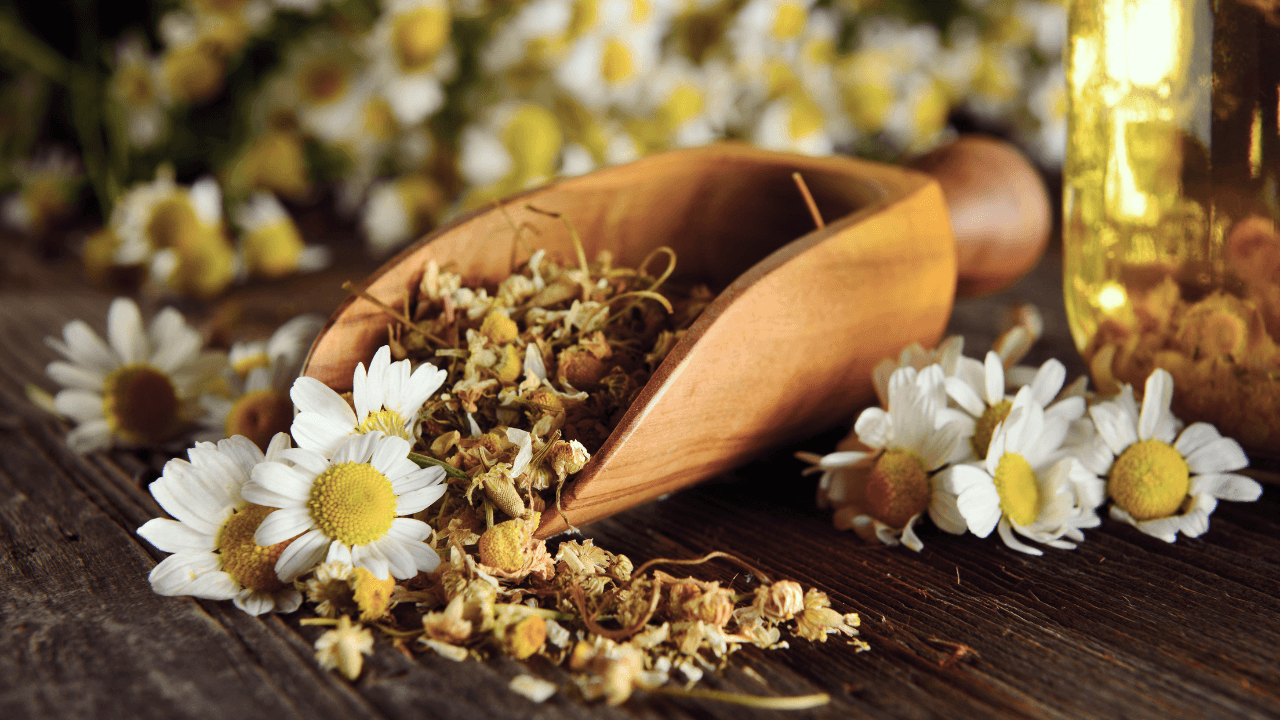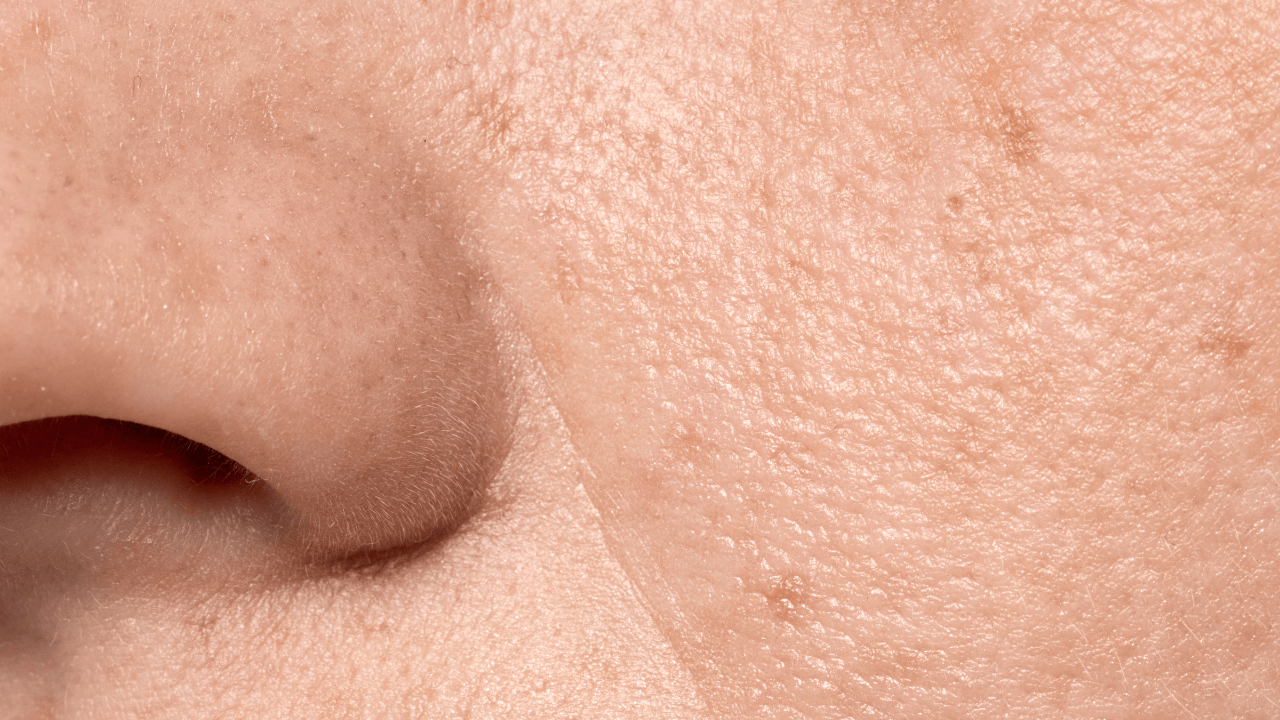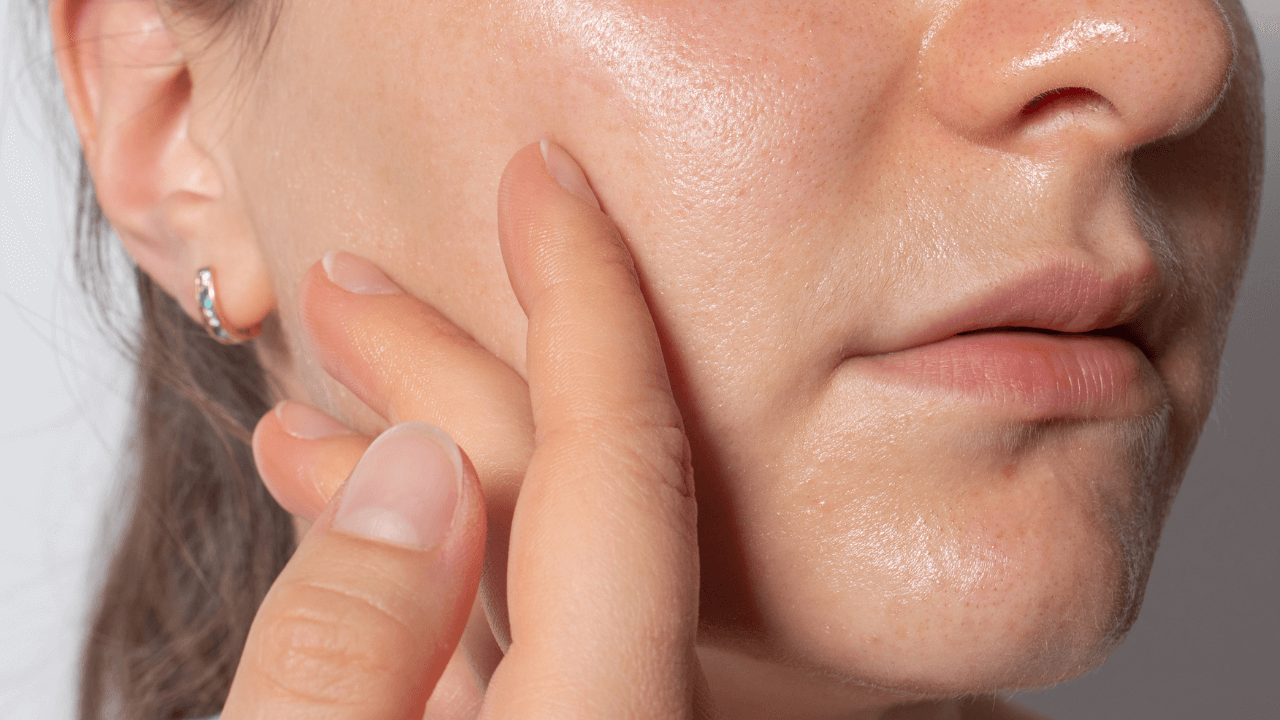What Is Chamomile? Understanding This Ancient Medicinal Plant
Chamomile stands as one of the world's oldest and most versatile medicinal herbs, beloved for its gentle healing properties and distinctive apple-like fragrance. This member of the Asteraceae family has been a cornerstone of traditional healing systems for thousands of years, with documented use dating back to ancient Egypt, Greece, and Rome.
Two primary varieties dominate the chamomile landscape: German chamomile (Matricaria chamomilla) and Roman chamomile (Chamaemelum nobile). While both share similar therapeutic benefits, they differ slightly in their chemical profiles, growth habits, and specific applications in herbal medicine.
Botanical Profile and Natural Habitat
Scientific Classification:
-
Kingdom: Plantae
-
Family: Asteraceae
-
German Chamomile: Matricaria chamomilla (also known as Matricaria recutita)
-
Roman Chamomile: Chamaemelum nobile (formerly Anthemis nobilis)
Natural Growing Regions: Chamomile thrives naturally across Europe, Western Asia, and parts of North Africa, though it has now been naturalized worldwide due to its medicinal value and adaptability.
Physical Characteristics: Both varieties feature delicate, daisy-like flowers with bright yellow centers surrounded by white petals. German chamomile grows as an annual plant reaching 2-3 feet tall, while Roman chamomile exists as a perennial ground cover rarely exceeding 12 inches in height.

The Rich Historical Legacy of Chamomile
Chamomile's therapeutic use spans millennia, earning it profound respect across diverse cultures:
-
Ancient Egypt: Revered as the "herb of the sun," chamomile was dedicated to the sun god Ra and used in embalming rituals, cosmetics, and fever treatments.
-
Ancient Greece and Rome: Greek physicians Dioscorides and Hippocrates documented chamomile's medicinal properties, while Romans utilized it for beverages, incense, and medicinal preparations.
-
Medieval Europe: Chamomile gained prominence in monastery gardens where monks cultivated it for treating everything from digestive ailments to inflammatory conditions.
-
Traditional European Folk Medicine: Often called "the plant's physician," chamomile was planted near ailing plants based on the belief it could restore their health—a practice that modern companion planting research partially validates.
Evidence-Based Health Benefits of Chamomile
Modern research has substantiated many traditional uses of chamomile through scientific investigation:
1. Sleep Enhancement and Anxiety Reduction
Chamomile contains apigenin, a powerful flavonoid that binds to benzodiazepine receptors in the brain, producing mild sedative effects without the side effects of pharmaceutical sleep aids. Regular consumption has been shown to improve sleep quality, reduce time to fall asleep, and decrease nighttime awakenings.
2. Digestive System Support
Chamomile's antispasmodic compounds help relax the smooth muscle of the digestive tract, effectively relieving:
-
Irritable bowel syndrome symptoms
-
Indigestion and bloating
-
Stomach cramps and abdominal pain
-
Infant colic when administered as a weak tea
3. Powerful Anti-inflammatory Properties
The herb contains over 120 chemical constituents with anti-inflammatory and antioxidant properties, including chamazulene, which gives chamomile essential oil its characteristic blue color. These compounds help reduce inflammation associated with:
-
Arthritis and joint pain
-
Gastrointestinal inflammation
-
Skin conditions like eczema and psoriasis
-
Gum inflammation and oral health issues
4. Comprehensive Skincare Benefits
Chamomile's skin-healing properties make it a staple in natural skincare formulations:
-
Reduces redness and soothes irritation through anti-inflammatory action
-
Accelerates wound healing through increased epithelialization
-
Combats acne through antibacterial properties
-
Provides antioxidant protection against environmental damage
-
Lightens hyperpigmentation through gentle brightening effects
5. Immune System Enhancement
Regular chamomile consumption supports immune function through:
-
Increasing antibody production
-
Enhancing phagocytic activity
-
Providing antimicrobial effects against common pathogens
-
Reducing the frequency and duration of common colds and upper respiratory infections
Practical Applications and Usage Methods
Therapeutic Tea Preparation
For maximum benefit, prepare chamomile tea correctly:
-
Use 1-2 tablespoons of dried flowers per cup of water
-
Heat water to just below boiling (approximately 200°F/93°C)
-
Steep covered for 5-10 minutes to retain volatile oils
-
Strain and enjoy, optionally sweetened with honey for additional therapeutic benefits
Essential Oil Applications
Chamomile essential oil offers concentrated benefits:
-
Aromatherapy: Add 3-5 drops to a diffuser to promote relaxation and sleep
-
Topical Use: Dilute with carrier oil (1-2% concentration) for skin conditions or massage
-
Bath Addition: 5-7 drops in a warm bath soothes body and mind
Targeted Supplement Forms
For specific health concerns, consider:
-
Standardized Extracts: Containing measured amounts of apigenin and chamazulene
-
Capsules and Tablets: Typically 300-500mg taken 1-3 times daily
-
Tinctures: 20-40 drops diluted in water, 1-3 times daily
Innovative Culinary Uses
Beyond tea, chamomile enhances:
-
Honey infusions for natural sweetening
-
Baked goods like cookies and cakes
-
Syrups for beverages and desserts
-
Savory dishes needing subtle floral notes
Safety Considerations and Potential Interactions
While generally recognized as safe, be aware of:
Allergic Reaction Risk: Those allergic to plants in the Asteraceae family (ragweed, chrysanthemums, marigolds) should exercise caution and perform a patch test before extensive use.
Medication Interactions:
-
Blood-thinning medications may experience enhanced effects
-
Sedative medications may have increased potency
-
Certain hormone therapies may be affected due to chamomile's mild estrogenic activity
Pregnancy and Breastfeeding Considerations: Moderate consumption is generally considered safe, but consult healthcare providers before therapeutic use.
Growing Your Own Chamomile Garden
Cultivating personal chamomile supplies offers fresh access to this healing herb:
Optimal Growing Conditions:
-
Well-draining soil with pH 5.6-7.5
-
Full sun to partial shade location
-
Regular watering until established, then moderate thereafter
Harvesting and Preservation:
-
Harvest flowers when fully open but still fresh
-
Dry in a single layer in a well-ventilated, dark area
-
Store in airtight containers away from light and heat
-
Properly dried flowers maintain potency for up to one year
Conclusion: Chamomile's Place in Modern Wellness
In an age of complex synthetic medications, chamomile represents nature's gentle yet effective approach to healing. Its remarkable versatility—addressing physical, emotional, and even topical concerns—makes it an essential addition to any natural health toolkit. Whether consumed as a soothing bedtime ritual, applied to irritated skin, or used to ease digestive discomfort, chamomile continues to prove that sometimes the most effective remedies are also the most time-tested.
By incorporating this golden-centered flower into your wellness routine, you tap into thousands of years of healing wisdom, now validated by modern scientific understanding.





